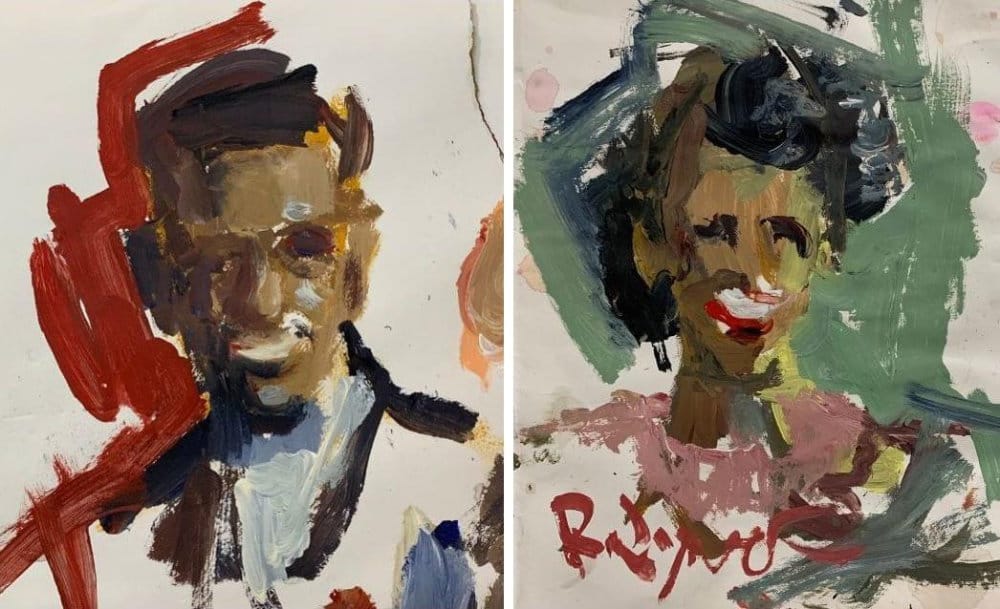5 Minute Timed Portrait Challenge
One of the best ways to loosen up your acrylic portraits is to set a timer. Learn how to paint bold, abstract portraits in just 5 minutes.

Painting portraits doesn’t have to mean tight details, endless layers, and hours of fussing over accuracy. In fact, one of the best ways to loosen up and discover your expressive side is to put yourself on the clock.
I discovered this technique one afternoon when I was frustrated with how tight my portraits were becoming. I realized I was getting way too fussy, spending far too much time trying to perfect every detail. On a whim, I grabbed my phone, set a timer for five minutes, and painted without stopping. That’s how the loose acrylic portraits challenge was born.
In this tutorial, you’ll learn how to paint abstract acrylic portraits in just 5 minutes. By limiting the time, you’ll free yourself from perfectionism and create portraits that feel fresh, bold, and alive.

Learn & Improve Your Acrylic Skills
- Acrylic Hub– Your go-to guide for tutorials, tips, and resources.
- Subscribe for More Great Content - Get tutorials, tips, and updates straight to your inbox.
- Follow Me on Pinterest - Daily inspiration, tips, and fresh ideas.
Recommended Acrylic Painting Materials
-
Princeton Catalyst Brushes – Flats (#6, #12), Rounds (#4, #8), Fan (#4), Liner Brush
Durable synthetic bristles for versatile acrylic techniques -
Liquitex Heavy Body Acrylic Paint – Essential Colors
Cadmium Yellow, Yellow Ochre, Alizarin Crimson, Cadmium Red Light, Ultramarine Blue, Cobalt Blue, Burnt Sienna, Titanium White -
Winsor & Newton Cotton Canvas
Reliable stretched canvas for studio and plein air work -
Strathmore 400 Series Mixed Media Paper
Heavyweight, acid-free paper for acrylic and mixed media -
Fabriano Artistico 140lb Cold Press Paper
Excellent for acrylic, mixed media, and textured effects -
Blick Multi-Colored Painting Knife Set
Variety of shapes for texture, scraping, and bold strokes - Miscellaneous: Two pint-sized water containers, paper towels (from Home Depot or Walmart)
- Note: I use canvas or sturdy cardboard as my palette — no store-bought palettes needed.




